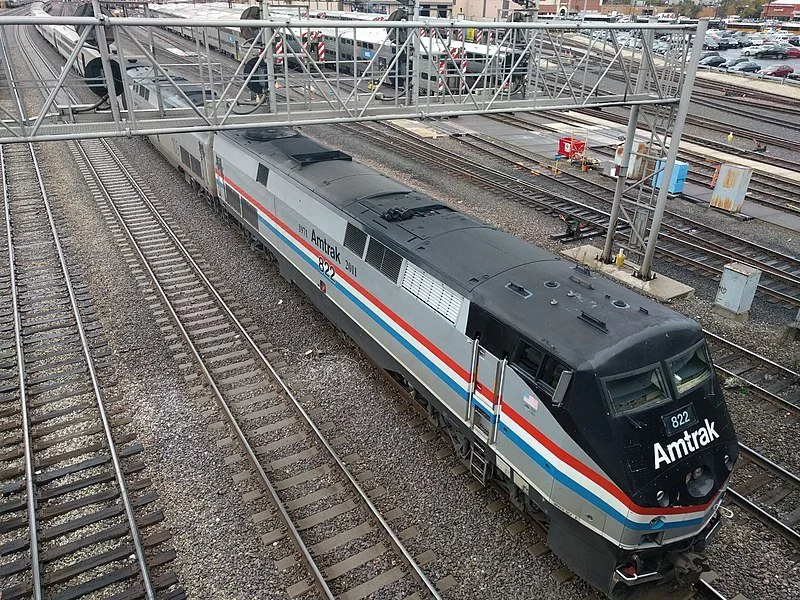A few years ago, I took a trip out to the Pacific Northwest, a part of the country I had never visited before. I stayed with college friends in Portland and Seattle then bunked up in a hostel in Vancouver. On my trips between the cities, I took the train.
A lot of us have romantic attraction to the train as a mode of transportation. I recall waiting at old train stations and hearing the announcements for boarding the train. I even remember riding on the train and the conductor making a wry joke, dryly deeming every town we passed through “The Jewel of the Pacific Northwest.”
Today, Ohio has a chance to substantially expand its passenger rail service. Currently, the only rail that goes through Ohio is a Lake Erie route that passes from Chicagoland into Toledo, through Cleveland, then out to Buffalo and Pittsburgh and a Cincinnati line that goes out to Indianapolis to the West and through West Virginia in the East. Columbus has no passenger rail.
Part of the federal infrastructure bill is $100 million in rail investment to build lines between Cincinnati, Dayton, Columbus, and Cleveland. In order to get the money and the lines, though, the Ohio state government needs to agree with the feds to start splitting the operating costs with the federal government five years after the lines are in, which would cost the state about $9-10 million a year. This would be an about-face from past policy, when Governor John Kasich a decade ago turned down a deal for a high-speed rail line to connect Cincinnati, Cleveland, and Columbus.
I don’t want to diminish $10 million: you can do a lot with $10 million. But it’s worth noting that Ohio already does a lot with $10 million. The current FY 2022 budget for the state of Ohio has over 300 line items that total $10 million or more, ranging from grants for sports events to cultural facilities lease rental bond payments to the “meat processing investment program.” Overall, a $10 million operating expense would amount to one hundredth of a percentage point of the total state operating budget this year.
Another way to think about this is in the context of the massive Intel deal. The most recent reports suggest that the scope of state spending on the project puts incentives in the $2 billion range. This means that the cost of expanding Amtrak in Ohio would take over 200 years to catch up with the one-year cost of the Intel deal.
Intel purportedly will have a large impact on the state economy. But we also know that state incentives are only a fraction of the decision making criteria for a big company location like this and that somewhere from 75% to 98% of firms would decide to make location decisions without incentives at all. This stands in contrast to the clear decision the state has currently to spend $10 million a year or pass on expanded passenger rail.
I don’t know the total economic benefits of the Amtrak deal in Ohio. What I do know is that if the state is seeing its spending as a diversified investment pool for encouraging economic growth, reducing poverty and inequality, and improving lives, then expanded passenger rail seems like a prudent asset to add to its portfolio.
This commentary first appeared in the Ohio Capital Journal.

